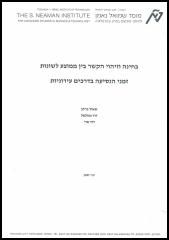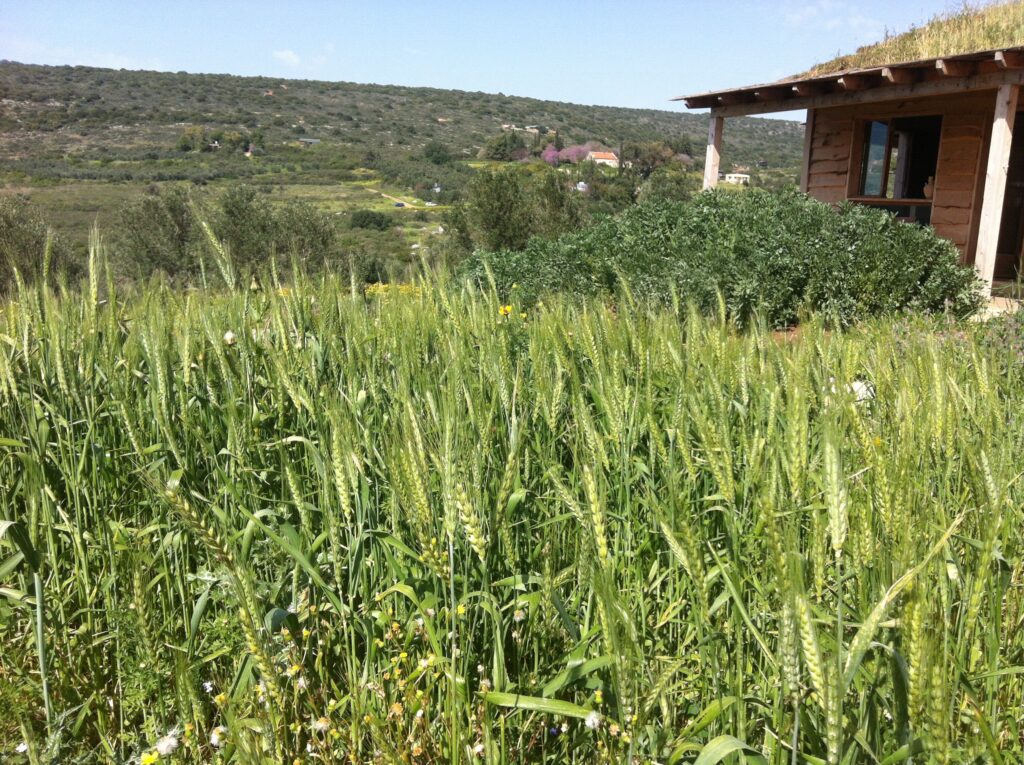The aim of this work is to examine and evaluate some of the factors influencing variations in travel time. Factors to be examined in the work’s framework are: traffic volume, control, environment and geometry of the road. The research is meant to be the pilot stage of a comprehensive survey for calibrating a model that will predict travel time variation.
Travel time on a road section serves as an initial and important estimate for the quality of traffic flow along the section and the intersections along it. In positioning plans this number serves as a main decision variant which determines traffic volumes of equilibrium in the road system. However, it is reasonable to assume the drivers who take a decision on their desired travel route will also take into consideration several other traffic parameters characterizing the trip, for instance, the extent of uncertainty about the time which is expressed by differences in travel time.
Six experimental sites have been chosen in the framework of the survey: 4 road sections in Haifa and 2 road sections in Tel Aviv. At the entrance to and exit from each section video cameras were positioned to photograph all the vehicles that entered or emerged from the section. From the films entrance and exit times from the section were determined. Time was measured by an analogue clock which appears on the video picture.
The main conclusions are:
1. There are significant travel time differences between the different sites. These differences stem, first of all, from the existence of intersections with traffic lights: on Abba Khoushy and Moria streets and from the absence of traffic lights at intersections on Dori and Eshkol streets.
2. The standard deviation in travel time is relatively high on Abba Khoushy street, Moria street and Bnei Efraim street. On the other hand, on Dori, Freud and Levi Eshkol roads the standard deviation is lower. These differences may be attributed to the existence of intersections with traffic lights on Abba Khoushy, Moria and Bnei Efraim roads, and to the absence of intersections with traffic lights on the Dori, Freud and Levi Eshkol roads.
3. It was not found that traffic volume had any influence on the average, standard deviation or median travel time.
It must be remembered that the range of traffic volumes in the various samples is relatively small. About 86% of the samples were collected from traffic volumes of up to 1800 vehicles per hour, and about 70% for traffic volume of up to 1200 vehicles per hour. This range of volumes is smaller than the capacity (around 3000 vehicles per hour on two lanes). This is probably the reason why prolonged travel time as traffic volume grows in not noticed.
4. The average travel time of trucks is greater than that of other
vehicles. But despite this no dependency was observed between
the time/km median of light vehicles by percentage of heavy
vehicles in two traffic volume categories (over and below 1500).
5. The drawbacks of the present sampling method – the method used
in the project (photographing and deciphering video films) needs
large numbers of manpower and great efforts in photographing
and data analyzing. Furthermore, this method enables measuring only those vehicles which were identified at both measuring stations – the percentage of these vehicles of the total traffic volume is liable to be small. It is not recommended to rely on this method in the future.
6. Proposal for examining an alternative method for data gathering – it is recommended to examine the applicability and validity of a method for estimating averages and dissimilarities of travel times based on the use of data from a crosscut of the road. The great advantage of gathering data from a crosscut is the availability of instrumentation and the ease in data gathering. The needed examination will refer to the following contents:
a) mutual relations between speed data in a road crosscut and traveling time along this section.
b) The number of measuring station required to estimate the averages and dissimilarities of travel time along road sections with different traffic and geometric characteristics.
After these examinations it will be possible to calibrate a model which will enable the estimation of travel time parameters from crosscut data.












